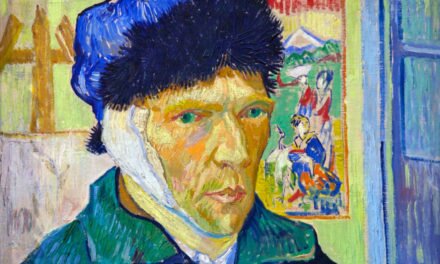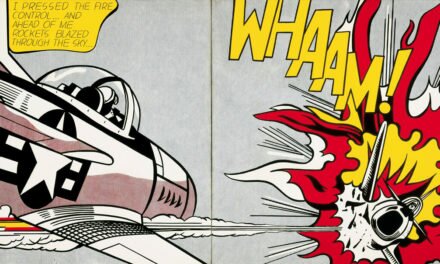The prestigious Carnegie Hall has spent over a century as one of the most celebrated concert halls for performances by the world’s most talented musicians. Though most people think that’s all there is to know about this iconic place, certain parts of Carnegie Hall’s long history, as well as some of the people that have stood on that stage, may shock you. Let’s take a look at some of these fascinating highlights as we celebrate Carnegie Hall’s 125th anniversary!
Dr. Martin Luther King Jr. Gave His Last Public Address in the Hall
In, 1968, Dr. Martin Luther King Jr. was the keynote speaker at a Carnegie Hall benefit for the 100th birthday of W. E. B. DuBois. His last major public address, just six weeks before his tragic assassination, included the phrase, “the spirit of freedom is not buried in the grave of the valiant”.
Classical Musician Igor Stravinsky Made His US Debut Here
For his first appearance in the United States, famed composer Igor Stravinsky conducted the New York Philharmonic at Carnegie Hall in 1925. Stravinsky continued to appear at Carnegie for over 40 years and conducted in the hall a total of 40 times before his retirement.
Source
Maria Callas Gave Her Farewell Performance at Carnegie Hall
Renowned star singer Maria Callas gave her final performance at Carnegie Hall in 1974, with tenor Giuseppe di Stefano. This concert took place three years before her death in Paris. Callas became known as one of the most influential opera singers of the entire 20th century.
Judy Garland Recorded Her Grammy-Winning Album at Carnegie
The recording of Judy Garland’s live performance at Carnegie Hall in 1961 topped the Billboard charts and won five Grammy awards that year, including the coveted Album of the Year. Garland broke new ground with this album, as not only was she was the first female artist to win the award, but her album was also the first live recording to win.
Source
Carnegie Hall Has a Secret Garden
Well, not so secret if you are one of the select few to be invited to a reception here. However, most visitors and concertgoers don’t know that as of 2014, there is a rooftop garden terrace on the 9th floor of the Carnegie Hall building.
Carnegie Hall Was Almost Demolished in 1960
After Lincoln Center was incorporated in 1956, developers threatened to demolish Carnegie Hall and put an office building in its place. Isaac Stern, a violinist and conductor that had appeared in the hall plenty of times, campaigned for the building’s preservation; the City of New York purchased Carnegie Hall for $5 million and it was later declared a National Historic Landmark.
Source
The Hall Used to Have a Secret Speakeasy
In the Prohibition Era, Carnegie Hall had an adjacent underground club that was a hotspot for New York’s intellectuals. Called Club Richman, this speakeasy protected itself from authorities by making its entrance a bit challenging. Guests had their own key, and had to insert it into the door at the same time the doorman inside inserted his key in another lock. It’s rumored that Joan Crawford used to be a dancer at Club Richman.
Marlon Brando Used to Live Above Carnegie Hall
The rehearsal spaces above Carnegie’s main hall used to be apartments, and actor Marlon Brando lived here around the time he was filming “On the Waterfront”. Word of his address got out however, so he would often have to hide in his neighbor’s apartment to get away from adoring fans and persistent female admirers.
Source
You Can See Manhattan’s Bedrock in the Hall’s Passageways
If you ever get the chance to enter the passageways underneath Carnegie Hall or backstage, you will notice that the walls are actually rough, jagged bedrock. The bedrock is most visible in the 7th Avenue passageway, which can be accessed from a hidden wood wall panel.
The Carnegie Hall Archives House Priceless Musical Artifacts Dating Back to Beethoven
Carnegie Hall employees have spent the last few decades collecting and archiving priceless musical artifacts from all over the world, ranging from sheet music to concert batons. The most valuable item? A page of sheet music for “Wellington’s Victory” hand-written by the legendary Beethoven himself.
Source
And Now, For the Joke
Since we’re done with the cool, intriguing, and mysterious, let’s get to the history of the most well-known Carnegie hall joke – the bad joke to end all bad jokes.
“How do you get to Carnegie Hall?”
“Practice.”
Funny and groan-worthy at the same time, the joke apparently comes from a real-life exchange. Violinist Mischa Elman had a bad practice one day, and upon exiting Carnegie Hall, was stopped by two tourists asking how to get there. Elman dryly replied “practice”, and kept on walking!






